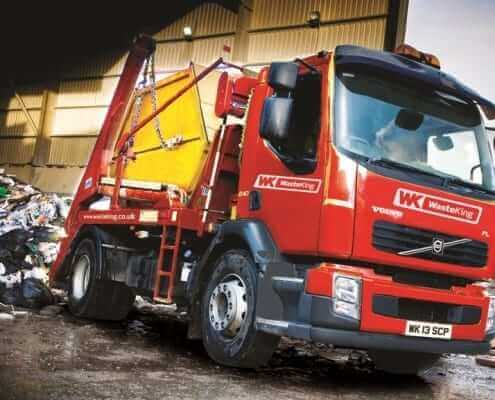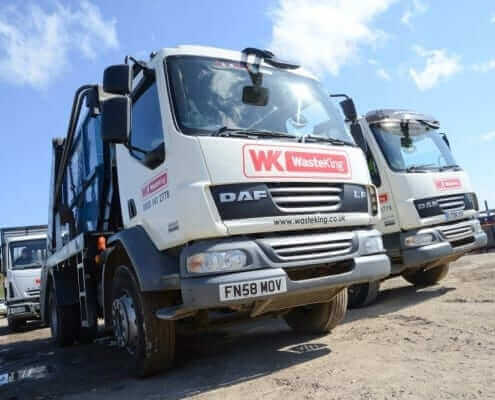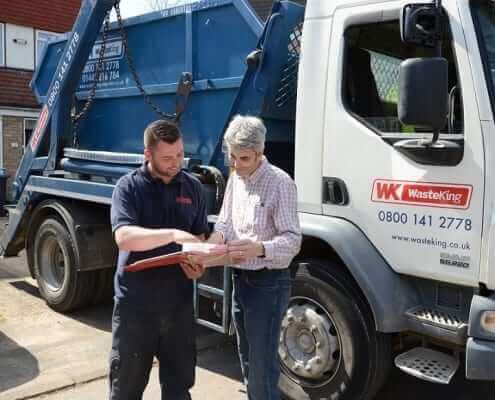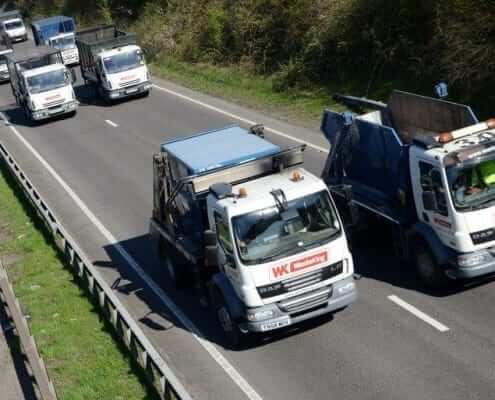




How to Determine the Skip Size You Need Based on Project Type
Choosing the right skip size for your project is essential to manage waste efficiently and cost-effectively. Whether you’re clearing out your home, managing a construction site, or involved in commercial waste disposal, the size of the skip you choose can significantly impact your project’s success. Here’s a comprehensive guide to help you select the ideal skip size based on the type of project you are undertaking.
Understanding Skip Sizes
Skips come in a variety of sizes, typically measured in cubic yards. One cubic yard (about 0.76 cubic metres) can hold approximately ten bin bags of waste. Skips range from small 2-yard mini-skips to large 40-yard roll-on roll-off skips. The most common sizes are:
- Mini Skips (2-3 yards): Ideal for small domestic projects like garden clean-ups or minor home renovations.
- Midi Skips (4-5 yards): Suitable for larger domestic clearances, including bathroom and kitchen refits.
- Builders Skips (6-8 yards): The most popular choice for building waste, including heavy materials like rubble and soil.
- Maxi Skips (10-12 yards): Perfect for major home renovation projects and commercial waste.
- Roll-on Roll-off Skips (20-40 yards): Best for very large projects like commercial site clearances and large scale building projects.
Project Type and Skip Size Recommendations
Domestic Clean-up (small to medium projects):
- Garden clearance: Depending on your garden’s size and the amount of waste, a 4-yard midi skip usually suffices.
- House clearance: For clearing out a single room, a 4-5 yard skip is adequate. If you’re decluttering a whole house, consider an 8-yard builder’s skip.
Home Renovation:
- Bathroom refurbishment: A 6-yard skip is usually sufficient to handle old fittings, tiles, and plaster.
- Kitchen renovation: Kitchens typically require an 8-yard skip due to the bulkier waste, including cabinets and appliances.
Building and Construction:
- Extension or major remodelling: A 12-yard maxi skip is ideal for disposing of mixed construction waste like wood, metal, and rubble.
- New build or large scale demolition: For projects that generate a significant amount of heavy waste, consider using multiple 8-yard skips or a large roll-on roll-off skip.
Factors to Consider When Choosing a Skip Size
- Type of waste: Heavier materials like concrete and soil are better suited to smaller, sturdier skips due to weight limits.
- Volume of waste: Estimate the volume of waste to avoid hiring a skip that’s too small, which might necessitate an additional hire, or too large, wasting money.
- Space and access: Ensure there is enough space on your property for the skip size you choose and that the location allows for safe and legal placement.
Legal and Environmental Considerations
When hiring a skip, be mindful of the waste disposal regulations in your area. You might need a permit if the skip is placed on public land. Always use a reputable skip hire company that complies with UK waste management laws and recycles as much of the waste as possible to minimise environmental impact.
Maximising Skip Hire Efficiency
To get the most out of your skip hire, pack it carefully. Place flat items at the bottom and fill spaces with smaller waste. Avoid overfilling the skip, as this can incur additional charges and is illegal.
Conclusion
Selecting the right skip size is not just a practical or financial consideration; it’s also an environmental one. By choosing the appropriate size for your project, you ensure efficient waste management and contribute to sustainability efforts. Always assess the scope of your project accurately and consult with your skip hire provider to make an informed decision. This approach will not only save you time and money but also ensure that your project adheres to legal standards and is as environmentally friendly as possible.
Skip Hire St Albans, Skip Hire Halifax, Skip Hire Oxford, Skip Hire Stirling, Skip Hire Northwich, Skip Hire Kettering, Skip Hire Plymouth

Unit 15 Hockliffe Business Park |
|




